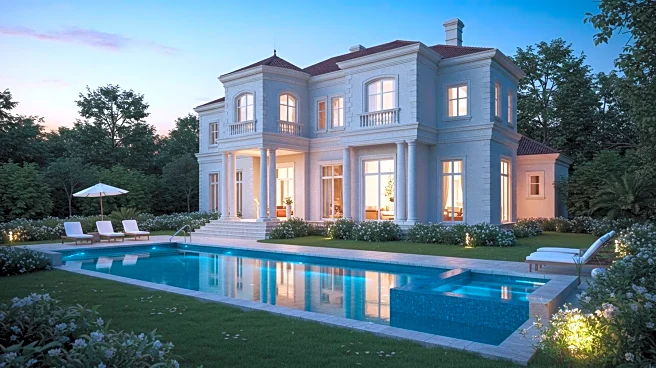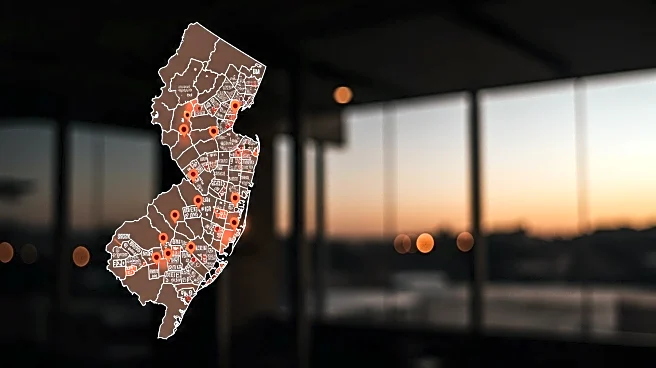What's Happening?
Realtor.com has released a report detailing the most expensive ZIP codes in the United States, emphasizing the influence of ultra-luxury real estate on the market. Fisher Island in Miami Beach tops the list with a median listing price of $11.9 million, characterized by its exclusivity and oceanfront luxury. California dominates the list, with seven of the top ten ZIP codes, including areas like Newport Coast and Bel-Air. Despite challenges such as wildfires, Malibu remains a desirable market, with investors interested in rebuilding its prestigious beachfront properties. Other notable areas include Montecito and Hope Ranch in California, which feature multimillion-dollar estates attracting celebrities like Prince Harry and Oprah Winfrey. The Hamptons on the East Coast also maintain their appeal among wealthy buyers, despite a decrease in buyer interest.
Why It's Important?
The identification of these ZIP codes underscores the significant role of luxury real estate in shaping market trends and defining high-end living standards in the U.S. The concentration of wealth in these areas reflects broader economic patterns, where exclusivity and location drive property values. This trend impacts local economies, influencing everything from property taxes to community services. The continued interest in areas like Malibu and the Hamptons, despite environmental and market challenges, highlights the resilience and desirability of luxury real estate. Stakeholders, including real estate investors and developers, stand to gain from understanding these dynamics, as they navigate investment opportunities and market strategies.
What's Next?
As the luxury real estate market evolves, stakeholders may anticipate shifts in buyer preferences and investment strategies. The ongoing interest in rebuilding Malibu's beachfront properties suggests potential growth in construction and development sectors. Additionally, the appeal of celebrity-endorsed areas like Montecito could drive further investment and development, potentially influencing local infrastructure and services. Real estate professionals and investors will likely continue monitoring these trends to capitalize on emerging opportunities and address challenges such as environmental risks and fluctuating buyer interest.
Beyond the Headlines
The focus on luxury ZIP codes raises questions about socioeconomic disparities and the accessibility of high-end living. The concentration of wealth in these areas may contribute to broader discussions on housing affordability and community diversity. Additionally, the environmental challenges faced by regions like Malibu highlight the need for sustainable development practices and resilience planning in luxury real estate. These factors could influence future policy decisions and community planning efforts, as stakeholders seek to balance exclusivity with broader societal impacts.













